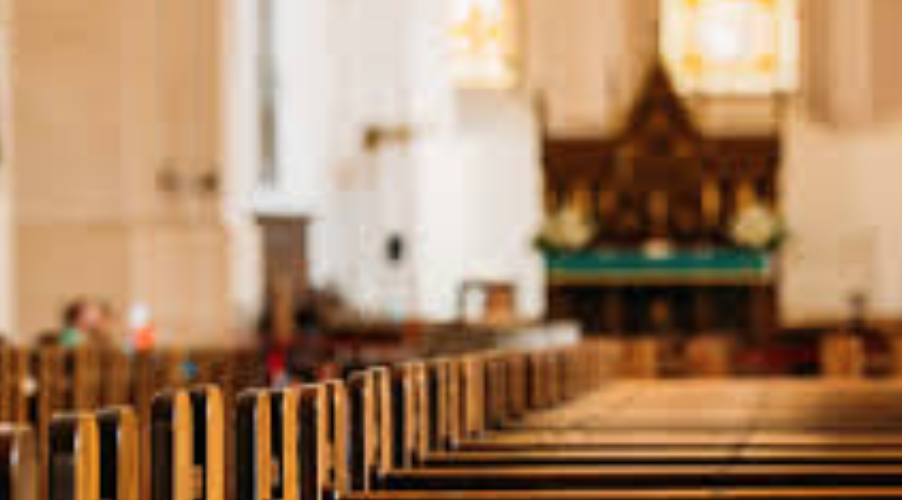I know, the nones are growing rapidly.
But, the share of evangelicals who are going to church weekly or more has never been higher – same for mainline Protestants.
There’s been no real shifts among black Protestants.
The real decline is Catholics – 45% in 1970’s, 25% today. pic.twitter.com/Dst7ORGt42
— Ryan Burge 📊 (@ryanburge) April 29, 2020
Are you managing to keep up with political scientist Ryan Burge on Twitter?
Well, why the heck not?
Trust me, I know that it’s hard to keep up. I have a jam-packed online file on Burge items — he is a GetReligion partner — that I want to use and it keeps growing. You don’t have to agree with this progressive Baptist minister all the time (predictable people are of little use to journalists) to be able to see the trends and insights in his charts, graphics and bites of commentary that come with them.
The crucial skill here is the ability to spot the obvious, then jump to the trends that reporters really need to dig into.
Consider the item at the top of this weekend’s think piece. There are four lines of commentary and each one is worthy of coverage. Here’s the gist: Nones are still growing. The active members of evangelical and mainline churches are (independent of membership statistical trends) still going to church has much as ever. African-American Protestant churches are holding steady.
But it’s the bottom line that Rod “Benedict Option” Dreher focused on in a recent blog item:
What has happened to Catholics? I suppose it could be that Catholics still identify as Catholics, even if they have ceased to participate in the life of the Church. I’ve known plenty of Catholics who for all intents and purposes have ceased to be Catholic, but who still call themselves Catholic, despite being unfaithful to their baptism. Protestants who have ceased going to church tend not to continue to identify as Methodist, or Evangelical, or whatever. I would expect that natal Orthodox Christians who have ceased to practice the faith would nevertheless identify themselves as Orthodox to a pollster.
Still, that can’t explain the entire Catholic collapse, can it? I shared Burge’s tweet with a friend who is a churchgoing Millennial Catholic. It made him disconsolate and angry at the leadership class of the Church. “Well, what a friggin’ disaster,” he texted back. “And there will be only a shrug. Nothing to see here. Just another reminder of the Catholic dumpster fire.”
As always, Burge’s thoughts led to lots of interesting comments and questions. The threads on his tweets are almost always illuminating and often lead to — wait for it — more graphics and more numbers.
For example:
But evangelicals are the same size they were in 1980. And their attendance has gone up.
And Catholics haven’t changed in size in four decades and their weekly attendance dropped in half. pic.twitter.com/TruKLGecSp
— Ryan Burge 📊 (@ryanburge) April 30, 2020
I will leave you with another reaction from Dreher:
Do we have data showing where the Nones are coming from?
Are they mostly former Catholics, former Evangelicals, former Mainliners, or what? Anyway, if you call yourself Catholic but don’t go to mass, your kids will not even call themselves Catholic. If you don’t practice your religion, it will be lost to your family within a generation, maybe two.
I believe — this is consistent with other Burge work — that the nones are coming out of what I call the “mushy middle” of the American faith marketplace. The number of people who SAY they are part of tradition X, Y or Z, but they rarely if ever practice that faith, is in decline. Thus, America is increasingly being divided into honest religious believers and honest unbelievers (or “Sheila” believers who only identify with the religious traditions located between their own ears).
Check out the threads on these two Burge charts. There are lots of questions to chase.











